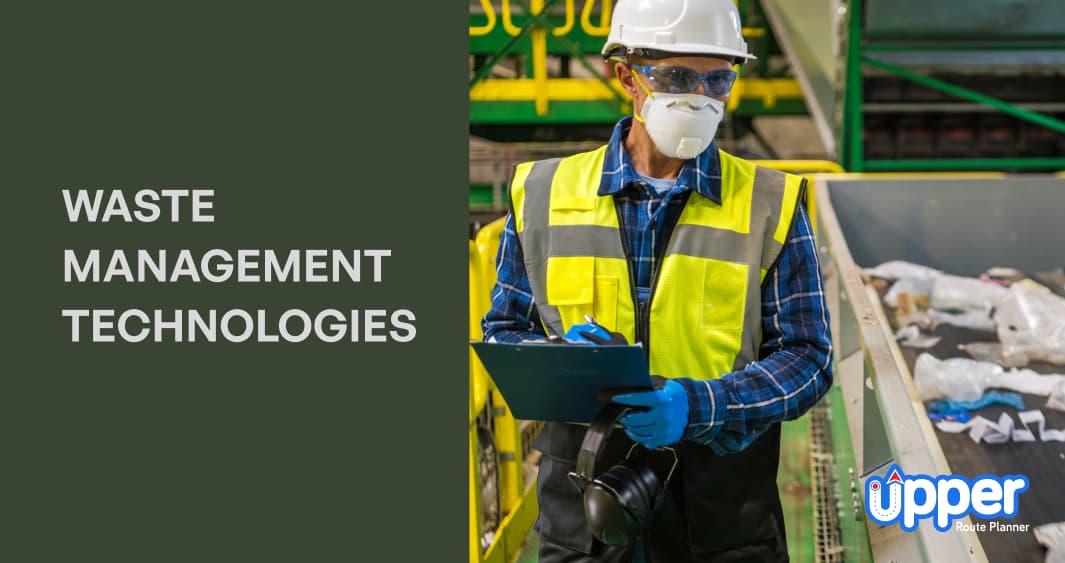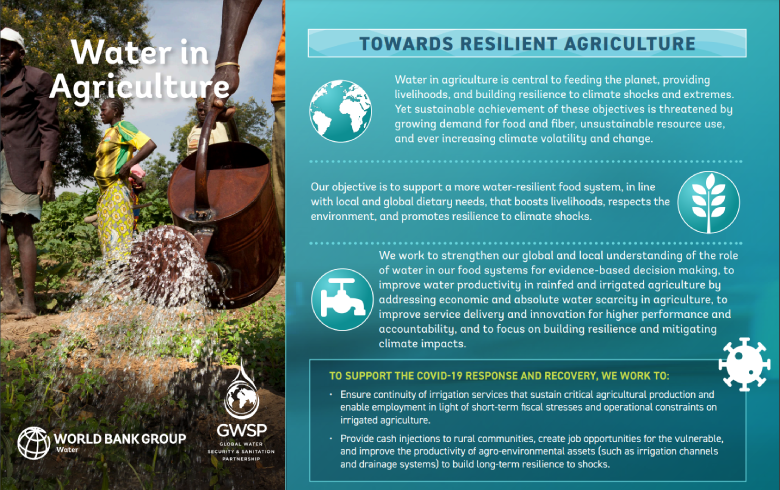The Impact of Poor Sanitation on Urban Health
The Impact of Poor Sanitation on Urban Health
Do you ever think about what happens to all the waste in the city? It’s like a ticking time bomb, ready to explode and harm your health.
The impact of poor sanitation on urban health is a pressing issue that affects millions of people worldwide. Inadequate waste management, like a silent assassin, silently spreads waterborne diseases in our bustling urban areas.
Children, especially vulnerable, bear the brunt of this crisis, facing increased risks of illness and stunted growth.
And it’s not just a matter of health; poor urban sanitation also has severe economic consequences. As cities become more crowded, the challenge of providing proper sanitation infrastructure becomes even more daunting.
It’s time to take action and find solutions to improve the state of urban sanitation, ensuring a healthier future for all.
Key Takeaways
– Improper waste disposal in urban areas breeds bacteria, viruses, and harmful microorganisms, leading to health risks.

– Poor sanitation in cities contributes to the spread of waterborne diseases, pests carrying diseases, and respiratory issues.
– Inadequate sanitation facilities have a significant impact on child health, causing diseases, malnutrition, and impaired growth.
– The economic consequences of poor sanitation include increased healthcare costs, reduced worker productivity, and negative effects on tourism and the environment.
Health Risks of Inadequate Waste Management
One major health risk of inadequate waste management is the spread of diseases due to the improper disposal of waste. When waste isn’t managed properly, it can become a breeding ground for bacteria, viruses, and other harmful microorganisms. These pathogens can easily contaminate water sources, soil, and even the air, putting you at risk of contracting various diseases.
For example, when waste isn’t disposed of properly, it can seep into groundwater and contaminate drinking water sources. This can lead to the spread of waterborne diseases such as cholera, typhoid, and hepatitis A. Additionally, when waste is left exposed, it can attract pests like rats, flies, and mosquitoes, which are known vectors for diseases such as dengue fever, malaria, and Zika virus.
Furthermore, improper waste management can also contribute to air pollution. When waste is burned or decomposes, it releases harmful gases and particulate matter into the atmosphere. Breathing in these pollutants can cause respiratory issues, allergies, and even lung cancer.
To protect yourself from these health risks, it’s important to practice proper waste management. This includes separating waste into different categories for recycling, composting organic waste, and disposing of hazardous waste in designated facilities. By taking these steps, you can help prevent the spread of diseases and create a healthier environment for yourself and your community.
Spread of Waterborne Diseases in Urban Areas
To further understand the impact of poor sanitation on urban health, it’s crucial to explore the spread of waterborne diseases in urban areas. Waterborne diseases are illnesses caused by microorganisms that contaminate water sources and are then ingested or come into contact with the human body. In urban areas, where sanitation systems are often inadequate, the risk of waterborne diseases is significantly higher. Here are four ways in which these diseases spread in urban areas:
1. Contaminated water sources: Urban areas often face challenges with the quality and availability of clean water. When water sources become contaminated with sewage or other pollutants, it increases the likelihood of waterborne diseases.
2. Lack of proper sanitation facilities: Inadequate access to toilets and proper waste management systems in urban areas can lead to the contamination of water sources. Without proper sanitation facilities, waste materials can seep into the water supply, spreading waterborne diseases.
3. Overcrowding and poor hygiene practices: Urban areas are often densely populated, leading to overcrowding and increased opportunities for the spread of diseases. Poor hygiene practices, such as lack of handwashing facilities and improper waste disposal, further contribute to the transmission of waterborne diseases.
4. Inadequate infrastructure: Urban areas with outdated or poorly maintained water and sewage systems are more prone to the spread of waterborne diseases. Aging infrastructure can result in leaks, contamination, and the introduction of pathogens into the water supply.
Understanding these factors is crucial in developing effective strategies to address the spread of waterborne diseases in urban areas. By improving sanitation infrastructure, promoting proper hygiene practices, and ensuring access to clean water, the burden of waterborne diseases can be significantly reduced, leading to healthier urban communities.
Impact of Poor Sanitation on Child Health
When poor sanitation is present in urban areas, it can have a detrimental impact on the health of children. Inadequate sanitation facilities and practices contribute to the spread of diseases that disproportionately affect children. Diarrheal diseases, for example, are a major cause of illness and death among children under the age of five in developing countries. These diseases are primarily caused by ingesting contaminated food and water due to poor sanitation conditions. Children are more susceptible to these diseases because their immune systems are still developing and they may not have the knowledge or ability to maintain proper hygiene practices.
Additionally, poor sanitation can also lead to malnutrition in children. When sanitation facilities are lacking, there’s a higher risk of contamination of food and water sources, leading to the consumption of unsafe and unclean food. This can result in nutrient deficiencies and impaired growth and development in children.
Furthermore, the lack of access to proper sanitation facilities can also have psychological and social impacts on children. The embarrassment and stigma associated with not having access to private toilets or clean water sources can lead to low self-esteem and hinder their overall well-being.
Economic Consequences of Poor Urban Sanitation
As we delve into the economic consequences of poor urban sanitation, it becomes evident that the financial burden of inadequate sanitation falls heavily on local governments and communities. Here are four key economic consequences that arise from poor urban sanitation:
1. Increased healthcare costs: Poor sanitation leads to a higher prevalence of waterborne diseases and infections, resulting in increased healthcare costs for individuals and communities. The treatment of diseases such as diarrhea and cholera puts a strain on healthcare systems, requiring additional resources and funding.
2. Reduced productivity: Illnesses caused by poor sanitation result in absenteeism and reduced productivity among workers. When individuals are constantly falling sick, they’re unable to work to their full potential, leading to economic losses for both individuals and businesses.
3. Tourism decline: In urban areas heavily affected by poor sanitation, tourism may decline. Visitors are less likely to travel to places with inadequate sanitation facilities due to concerns about hygiene and health risks. This decline in tourism can have a significant negative impact on local economies that rely on tourism revenues.
4. Environmental degradation: Poor urban sanitation often leads to contamination of water sources and improper waste disposal. This not only harms the environment but also requires additional resources for clean-up efforts, further adding to the economic burden on local governments and communities.
Addressing the economic consequences of poor urban sanitation requires investments in infrastructure, education, and awareness campaigns. By improving sanitation facilities and practices, local governments and communities can alleviate the financial burden and promote healthier and more prosperous urban environments.
Sanitation Challenges in Densely Populated Cities
When it comes to sanitation challenges in densely populated cities, there are several key points to consider.
Firstly, the health risks associated with unsanitary conditions are amplified in areas with high population density, leading to increased rates of diseases such as diarrhea and cholera.
Additionally, overcrowding exacerbates these issues, making it even more difficult to maintain proper sanitation practices.
Health Risks of Unsanitary Conditions
Exposing yourself to unsanitary conditions in densely populated cities poses significant health risks. These risks arise due to the challenges faced in maintaining proper sanitation in such areas. Here are four health risks associated with unsanitary conditions:
1. Spread of infectious diseases: In densely populated cities, inadequate sanitation facilities can lead to the rapid spread of diseases such as cholera, typhoid, and hepatitis A, as pathogens thrive in unsanitary environments.
2. Contamination of food and water: Poor sanitation practices can contaminate food and water sources, leading to gastrointestinal illnesses and food poisoning outbreaks. This can have severe consequences for public health.
3. Increased risk of respiratory infections: Unsanitary conditions often result in a buildup of pollutants and allergens, contributing to respiratory problems such as asthma and bronchitis.
4. Greater prevalence of vector-borne diseases: Inadequate waste management and stagnant water provide breeding grounds for disease-carrying mosquitoes and other vectors, increasing the risk of diseases like dengue fever and malaria.
Addressing these sanitation challenges is crucial to safeguarding the health and well-being of individuals living in densely populated cities.
Overcrowding and Waste Management
To effectively address the sanitation challenges in densely populated cities, you must prioritize waste management and tackle the issue of overcrowding head-on.
In these crowded urban areas, the sheer number of people living in close proximity can put immense strain on sanitation systems. Limited space and resources make it difficult to manage and dispose of waste properly. Overcrowding exacerbates the problem by creating more waste and placing additional stress on existing infrastructure.
As a result, waste can accumulate and contaminate the environment, leading to the spread of diseases and health hazards. To combat this, cities must implement effective waste management strategies, such as improved collection and disposal systems, recycling initiatives, and public awareness campaigns.
Additionally, efforts should be made to address overcrowding by implementing urban planning measures that promote sustainable and healthy living environments. Only by taking these steps can we ensure the well-being and health of residents in densely populated cities.
Strategies for Improving Sanitation
To address the sanitation challenges in densely populated cities, you can implement comprehensive strategies for improving sanitation. These strategies can help to ensure that the urban environment remains clean and healthy for its residents.
Here are four effective ways to improve sanitation in densely populated cities:
1. Increase access to sanitation facilities: Build more public toilets and ensure that they’re conveniently located throughout the city. This will help to reduce open defecation and promote proper waste disposal.
2. Enhance waste management systems: Implement efficient waste collection and disposal methods to prevent the accumulation of garbage in streets and public spaces. Encourage residents to separate their waste and promote recycling and composting.
3. Promote hygiene education: Educate the public about the importance of good hygiene practices, such as handwashing with soap and clean water. Conduct awareness campaigns to change behavior and promote cleanliness.
4. Strengthen governance and enforcement: Develop strong policies and regulations to ensure compliance with sanitation standards. Increase monitoring and enforcement to prevent illegal dumping and ensure proper waste management practices are followed.
Solutions for Improving Urban Sanitation Infrastructure
To improve urban sanitation infrastructure, you can start by increasing funding for sanitation projects. This will help in expanding and upgrading existing sanitation systems, as well as building new ones in areas where they’re lacking.
Additionally, involving the community in sanitation efforts is crucial. By educating and engaging residents, you can promote proper sanitation practices and ensure the sustainability of sanitation initiatives.
Lastly, exploring innovative technology solutions, such as decentralized sewage treatment systems or low-cost sanitation options, can provide effective and scalable solutions for improving urban sanitation.
Funding for Sanitation Projects
Improving urban sanitation infrastructure requires securing funding for sanitation projects. Here are some ways to address the funding challenges:
1. Engage with government and international organizations: Collaborating with government and international organizations can provide access to funding opportunities and resources.
2. Public-private partnerships: Partnering with private companies can bring in additional funding and expertise to support sanitation projects.
3. Innovative financing mechanisms: Exploring innovative financing mechanisms such as impact investing, green bonds, and social impact bonds can attract private sector investment for sanitation projects.
4. Community involvement: Encouraging community participation and contribution can help generate local funding and ensure sustainability of sanitation projects.
By implementing these strategies, cities can overcome funding obstacles and make significant progress in improving urban sanitation infrastructure.
Adequate funding is crucial for creating healthier and more sustainable urban environments.
Community Involvement in Sanitation
Get involved in improving urban sanitation infrastructure by actively participating in community sanitation initiatives.
Community involvement plays a crucial role in finding solutions to the challenges faced by urban areas in terms of sanitation. By joining hands with others in your community, you can make a significant impact on improving the overall sanitation infrastructure.
One way to get involved is by participating in community-led programs that focus on raising awareness about proper sanitation practices and encouraging behavior change. These initiatives often involve organizing clean-up drives, conducting hygiene workshops, and advocating for better sanitation facilities.
Additionally, you can contribute by volunteering your time and skills to assist in the construction and maintenance of sanitation facilities.
Innovative Technology Solutions
By utilizing innovative technology solutions, you can significantly improve urban sanitation infrastructure and contribute to a cleaner and healthier environment for your community. Here are four ways in which these solutions can make a positive impact:
1. Smart toilets: These advanced toilets use sensors and automated systems to conserve water and reduce waste. They can also detect potential health issues by analyzing urine and stool samples.
2. Waste-to-energy systems: These systems convert organic waste into renewable energy sources, such as biogas or electricity. By doing so, they not only reduce waste but also provide a sustainable energy solution for urban areas.
3. Remote monitoring systems: These technologies allow for real-time monitoring and management of sanitation infrastructure, detecting leaks, blockages, or other issues. This enables prompt maintenance and reduces the risk of contamination.
4. Mobile applications: These apps provide access to information about nearby public toilets, waste collection schedules, and sanitation guidelines. They empower individuals to make informed decisions and contribute to maintaining a clean and hygienic environment.
Frequently Asked Questions
What Are the Specific Health Risks Associated With Inadequate Waste Management in Urban Areas?
Inadequate waste management in urban areas poses various health risks.
Improper disposal of waste can lead to the breeding of disease-carrying pests like rats and mosquitoes, increasing the risk of vector-borne illnesses such as dengue fever and malaria.
Moreover, untreated sewage can contaminate water sources, causing waterborne diseases like cholera and typhoid.
Additionally, the accumulation of waste in urban areas can contribute to air pollution, leading to respiratory problems such as asthma.
How Do Waterborne Diseases Spread in Urban Areas and What Are Their Impacts on Public Health?
Waterborne diseases spread easily in urban areas due to poor sanitation practices. When waste, including human feces, isn’t properly managed, it contaminates the water sources. As a result, bacteria, viruses, and parasites thrive in the water, leading to diseases such as cholera, typhoid, and diarrhea.
These diseases have a significant impact on public health, causing illness, hospitalizations, and even death. It’s crucial to address and improve sanitation practices in urban areas to prevent the spread of waterborne diseases and protect public health.
What Are the Specific Health Consequences for Children Living in Areas With Poor Sanitation?
Living in areas with poor sanitation can have severe health consequences for children. Without proper sanitation facilities, children are at a higher risk of contracting waterborne diseases such as diarrhea, cholera, and typhoid. These diseases can lead to dehydration, malnutrition, and even death.
Additionally, poor sanitation can contribute to the spread of other infections and parasites. It’s crucial to address this issue and improve sanitation in urban areas to protect the health and well-being of children.
What Are the Economic Consequences of Poor Urban Sanitation for Both Individuals and the Community as a Whole?
The economic consequences of poor urban sanitation are significant for both individuals and the community as a whole.
When sanitation is lacking, individuals may face increased medical expenses due to illnesses caused by poor hygiene.
Additionally, the community as a whole may experience a decrease in productivity and economic growth as a result of widespread illness.
Poor sanitation can also lead to increased healthcare costs for the government and a strain on resources.
What Are the Major Challenges Faced in Ensuring Proper Sanitation in Densely Populated Cities and How Are They Being Addressed?
In ensuring proper sanitation in densely populated cities, there are major challenges that need to be addressed.
One challenge is the lack of adequate infrastructure and resources to provide sanitation facilities to all residents.
Additionally, poor awareness and education about the importance of sanitation contribute to the problem.
To tackle these challenges, efforts are being made to improve infrastructure, increase access to sanitation facilities, and raise awareness through education campaigns.
Conclusion
In conclusion, poor sanitation in urban areas has a detrimental impact on health. Inadequate waste management leads to an increased risk of waterborne diseases and negatively affects child health.
Additionally, the economic consequences of poor urban sanitation are significant. Densely populated cities face unique challenges in improving sanitation infrastructure.
However, by implemen news ting effective solutions, such as improved waste management systems and access to clean water, we can greatly improve urban health and well-being.



